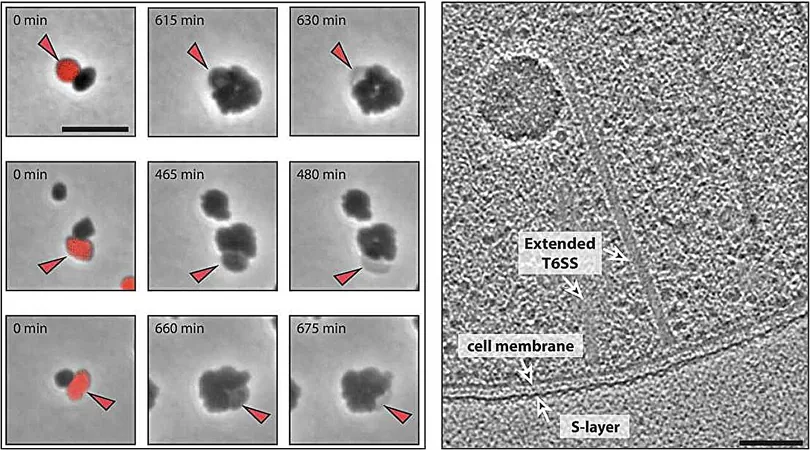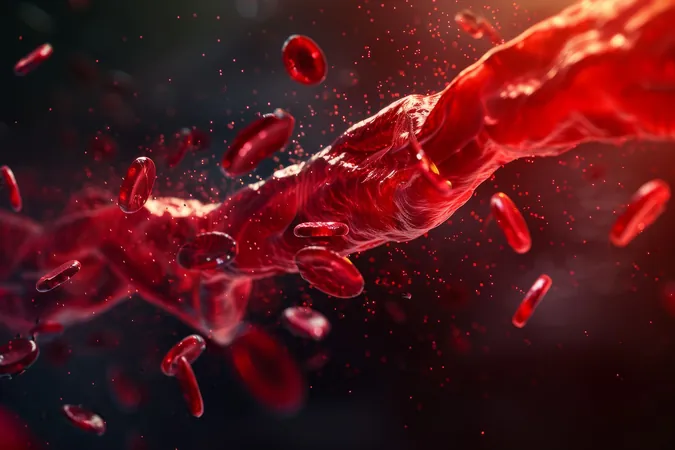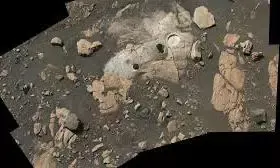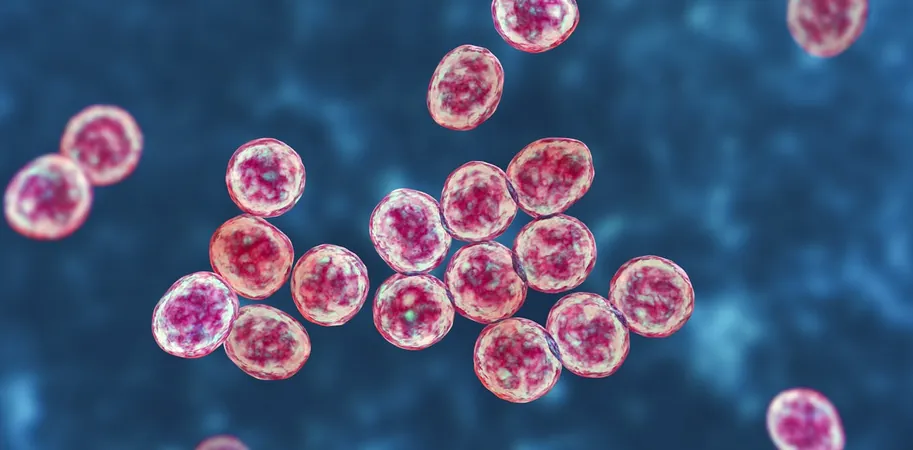
Unlocking the Secrets of Archaea: How Microbial Communities are Shaped with Molecular Daggers!
2024-11-18
Author: Emily
Unlocking the Secrets of Archaea: How Microbial Communities are Shaped with Molecular Daggers!
In a groundbreaking study published in Science Advances, researchers from the Pilhofer Lab and the Albers Lab at the University of Freiburg have revealed astonishing insights into how haloarchaea use sophisticated molecular mechanisms to influence their surrounding microbial ecosystems. This innovative research sheds light on the previously murky waters surrounding archaea's interactions within microbial communities, particularly in extreme salty environments.
Microbial communities, the intricate web of interactions between microorganisms, are foundational to many ecosystems, yet the specific roles archaea play within these interactions are not fully understood. This pioneering research, led by Tobias Zachs and his team, focuses on the dynamic conflict between two haloarchaea species: Halogeometricum borinquense and Haloferax volcanii.
What the researchers discovered is extraordinary. H. borinquense utilizes a contractile injection system (CIS)—conceptualized as a "spring-loaded dagger"—to target and attack H. volcanii. When they make contact, this complex molecular machine allows H. borinquense to cause devastating cell lysis in H. volcanii, inhibiting the latter's growth. This process highlights the competitive nature of these microorganisms, emphasizing that such antagonistic interactions not only depend on physical contact but also on the intricacies of their molecular tools.
By employing cryo-electron tomography, the team visualized the contractile device embedded in the cell membrane of H. borinquense, revealing striking structural and evolutionary parallels to the Type Six Secretion Systems (T6SSs) commonly found in bacteria. This discovery implies a fascinating evolutionary link between different life forms and their methods of interaction.
Delving deeper, the researchers utilized advanced genome analysis and proteomics to pinpoint specific toxin-immunity pairs—proteins that permit H. borinquense to eliminate competitors while safeguarding itself from self-inflicted damage. These findings not only highlight the evolutionary sophistication of archaea but also suggest these mechanisms are not unique; similar T6SS gene clusters were identified across various other haloarchaeal species, indicating a conserved strategy for survival and competition in these extreme environments.
This study not only enhances our understanding of archaeal biology but also opens avenues for further exploration of microbial interactions, potentially leading to advances in biotechnology and ecology. Who knew these seemingly simple microorganisms had such advanced techniques at their disposal? The microbial world is indeed a complex tapestry of life where every "dagger" thrown could change the game!









 Brasil (PT)
Brasil (PT)
 Canada (EN)
Canada (EN)
 Chile (ES)
Chile (ES)
 España (ES)
España (ES)
 France (FR)
France (FR)
 Hong Kong (EN)
Hong Kong (EN)
 Italia (IT)
Italia (IT)
 日本 (JA)
日本 (JA)
 Magyarország (HU)
Magyarország (HU)
 Norge (NO)
Norge (NO)
 Polska (PL)
Polska (PL)
 Schweiz (DE)
Schweiz (DE)
 Singapore (EN)
Singapore (EN)
 Sverige (SV)
Sverige (SV)
 Suomi (FI)
Suomi (FI)
 Türkiye (TR)
Türkiye (TR)